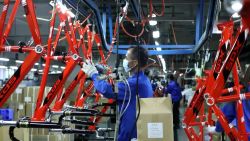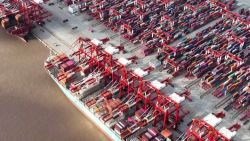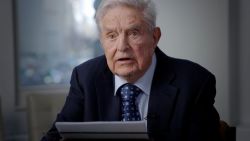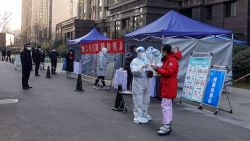China and the United States are locked in a trade war, but you wouldn’t know it from looking at Chinese exports.
They leaped almost 16% in October compared with the same month a year earlier. That was significantly higher than analysts had forecast and even stronger than last month’s growth.
The performance is surprising because October was the first full month during which new US tariffs on $200 billion of Chinese goods were in effect. Economists and Chinese government officials said recently that they expected export growth to slow in the final months of the year.
One reason for the surge is companies are eager to avoid even higher duties in a few months’ time: The US tariffs on $200 billion of Chinese goods that kicked in on September 24 are set to rise from 10% to 25% at the end of the year.
This “encourages exporters to rush through orders to the United States,” Louis Kuijs, head of Asia economics at research firm Oxford Economics, wrote in a client note Thursday. But he added that it’s “obviously not the whole story.”
The downward slide in China’s currency is also playing a role. The yuan has slumped almost 10% against the dollar since February as investors have become more concerned about the health of China’s economy and the potential impact of the escalating trade war.
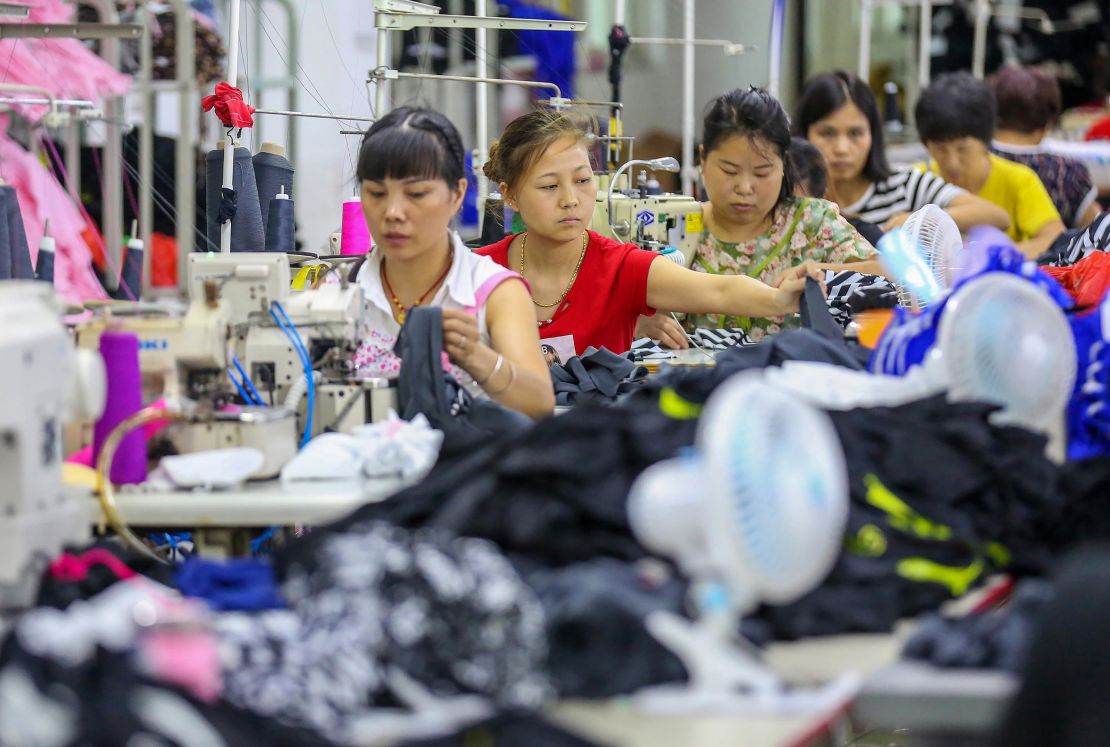
A weaker currency makes Chinese goods more competitive compared with those of rival exporters and offsets some of the impact of the US tariffs.
China was also helped in October by strong exports to big markets such as the European Union and Japan.
“Global demand may be holding up better than feared,” Kuijs said.
Economists are still predicting that the good times for China’s huge export industry won’t last.
Investment bank ANZ said Thursday that it expects the real difficulties to start after the US tariffs on the $200 billion of Chinese goods rise to 25% at the end of the year.
US President Donald Trump has said he’s prepared to expand the tariffs to effectively cover all Chinese exports to the United States, which topped $500 billion last year.
Trump is due to discuss trade with Chinese President Xi Jinping on the sidelines of the G20 summit in Buenos Aires later this month, but experts are doubtful the two leaders will be able to agree on a swift resolution to the conflict.



